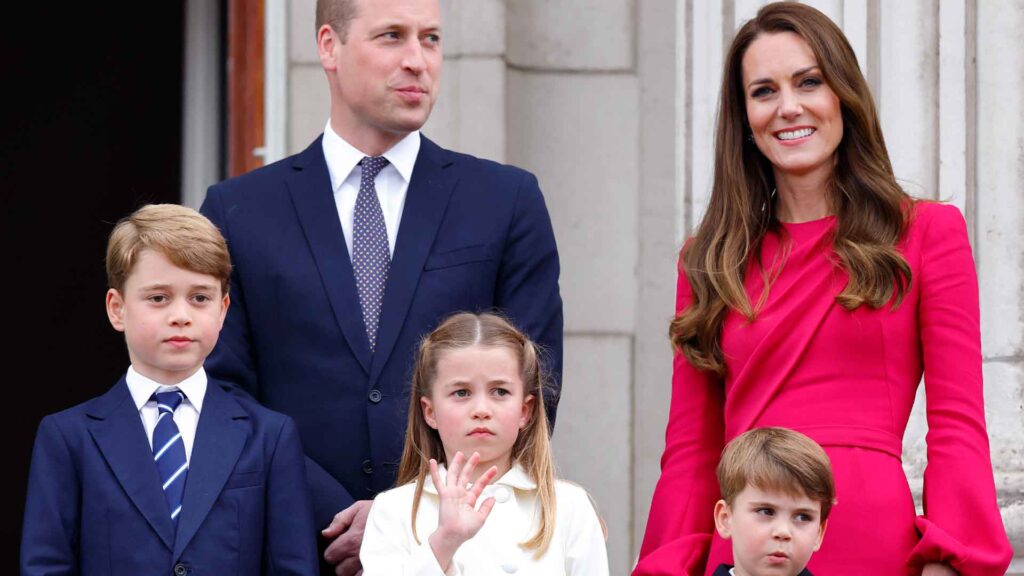From the moment Prince George, Princess Charlotte, and Prince Louis made their debut to the world, they’ve been more than just members of the royal family — they’ve become significant influencers in the British economy.
Each step and smile has been followed by millions, translating into a unique form of celebrity that boosts brands, fashion, and tourism. This phenomenon isn’t just about royal fascination, though. It’s about how these young royals can sway public interest and spending patterns from such a young age, showcasing the power of their presence.
Prince George’s Golden Touch
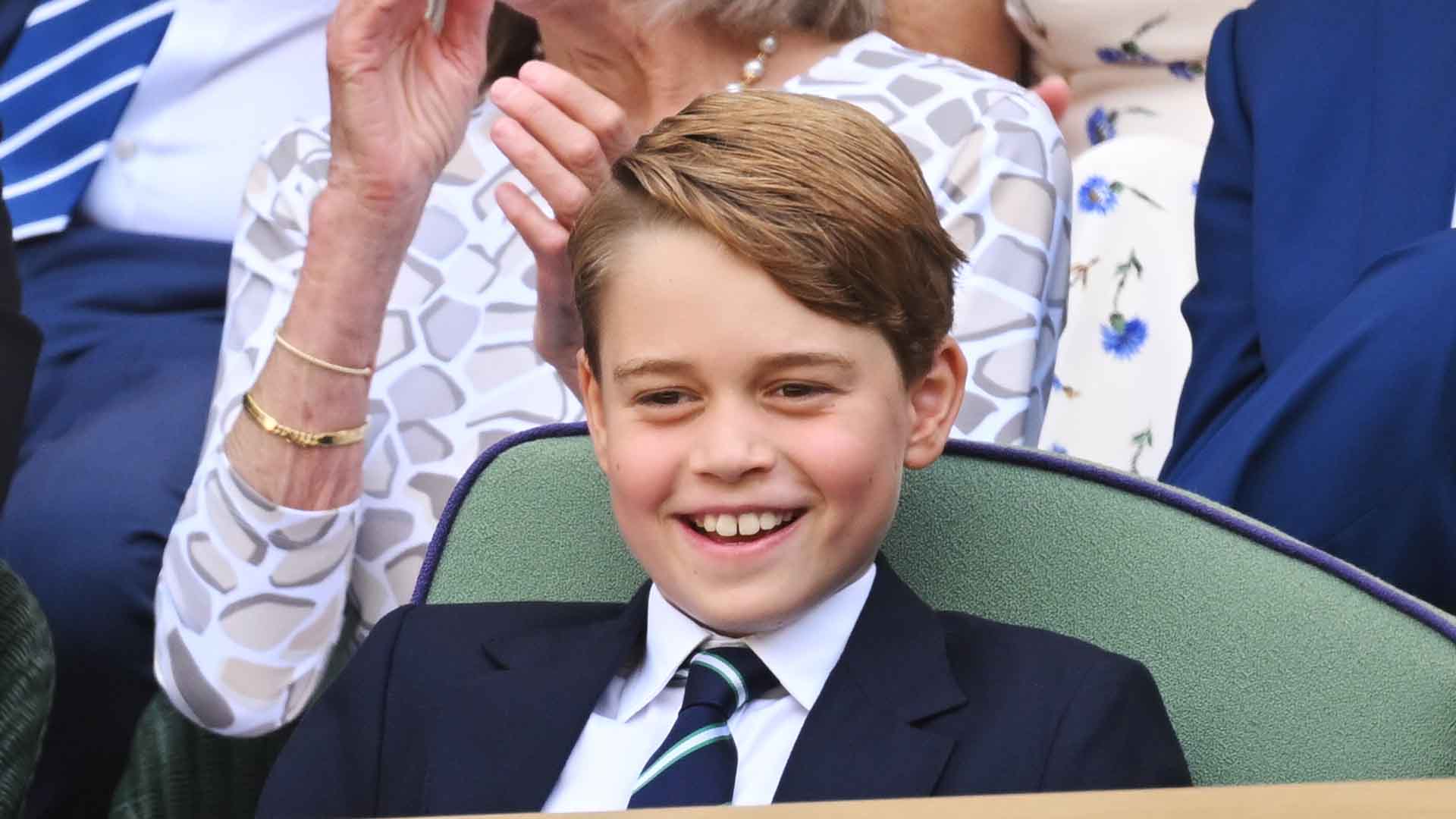
When Prince George is seen wearing a new outfit, it often sells out within hours. This “George effect” has contributed to his estimated $3 billion impact on the economy.
Every toy he plays with and every outfit he dons becomes instantly more desirable, showcasing the substantial influence this young prince has on consumer behavior and economic trends.
Princess Charlotte’s Fashion Forward

Princess Charlotte’s worth to the British economy is a staggering $5 billion, largely thanks to her ability to influence fashion trends at such a young age (via Vogue India).
The “Charlotte effect” has seen items she wears sell out quickly, making her a powerful force in the children’s clothing market. Her preference for accessible brands makes her style attainable and even more influential, cementing her status as a fashion icon in the making.
Prince Louis Steals the Scene

Despite being the youngest, Prince Louis has already carved out his own economic impact, with an estimated worth between $70 million and $125 million (via Money).
His birth was not just a moment of celebration but also a significant economic event, demonstrating the enduring allure of the royal family and its ability to generate interest and revenue, even from the earliest moments of a royal’s life.
The Royal Baby Boom
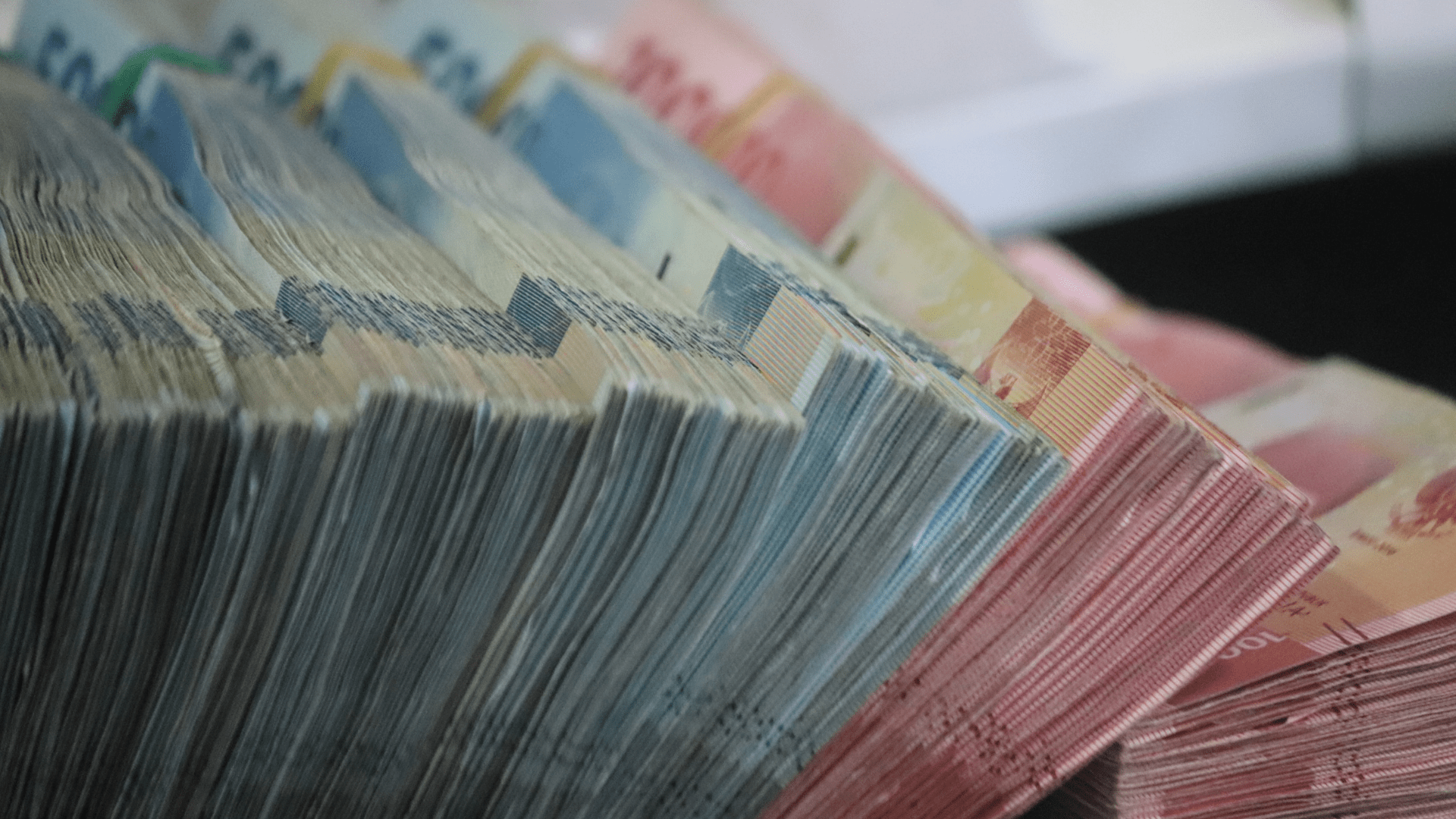
The births of Prince William and Princess Catherine’s children have created unparalleled marketing opportunities for children’s brands around the globe. This “royal baby boom” has led to increased sales in clothing and toys, proving that the allure of the royal family extends far beyond the U.K. (via The Hollywood Reporter).
Retailers and producers alike benefit from the association, as the public’s fascination with the royal children translates into a tangible economic boost.
A Boost to British Tourism

The young royals are not just fashion influencers. They are also ambassadors for British tourism.
Their public appearances and the global interest in their lives have encouraged visitors from around the world to flock to the U.K., hoping to catch a glimpse of royalty.
Gender and Its Economic Impact

Interestingly, gender plays a significant role in the economic influence of the royal children, according to NBC News. Princess Charlotte’s impact surpasses that of her brothers, illustrating how female members of the royal family often hold more sway in the fashion industry.
This reflects broader consumer trends, where women and girls frequently drive fashion and style-related spending, demonstrating the nuanced ways in which the young royals contribute to economic dynamics.
Following in Fashionable Footsteps
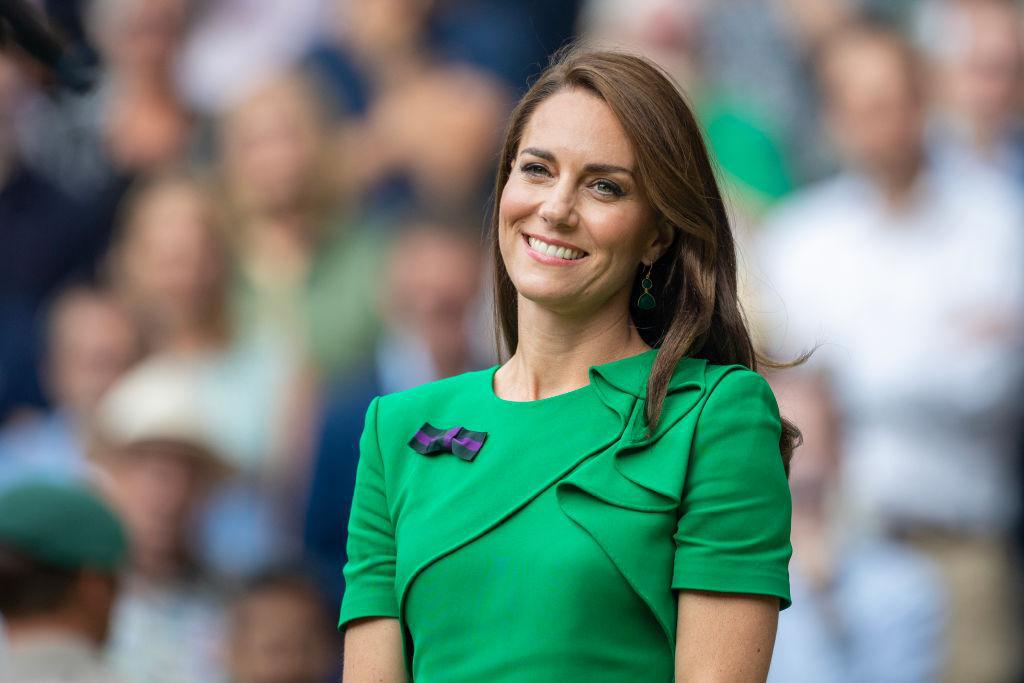
As Princess Charlotte grows, her fashion influence is expected to increase, much like her mother, Catherine, Duchess of Cambridge.
This anticipation around her style choices and their impact on consumer behavior is a testament to the enduring fascination with the royal family’s fashion. Charlotte’s evolving role as a style icon highlights the blend of tradition and modernity that characterizes the monarchy today.
The Future of Royal Inheritances

The potential inheritances of George, Charlotte, and Louis are about more than just wealth; they’re about continuing a legacy.
With George expected to inherit the Duchy of Cornwall and Charlotte the Spencer Tiara, these future inheritances symbolize the passing of responsibilities and traditions.
The Unique Position of Prince George
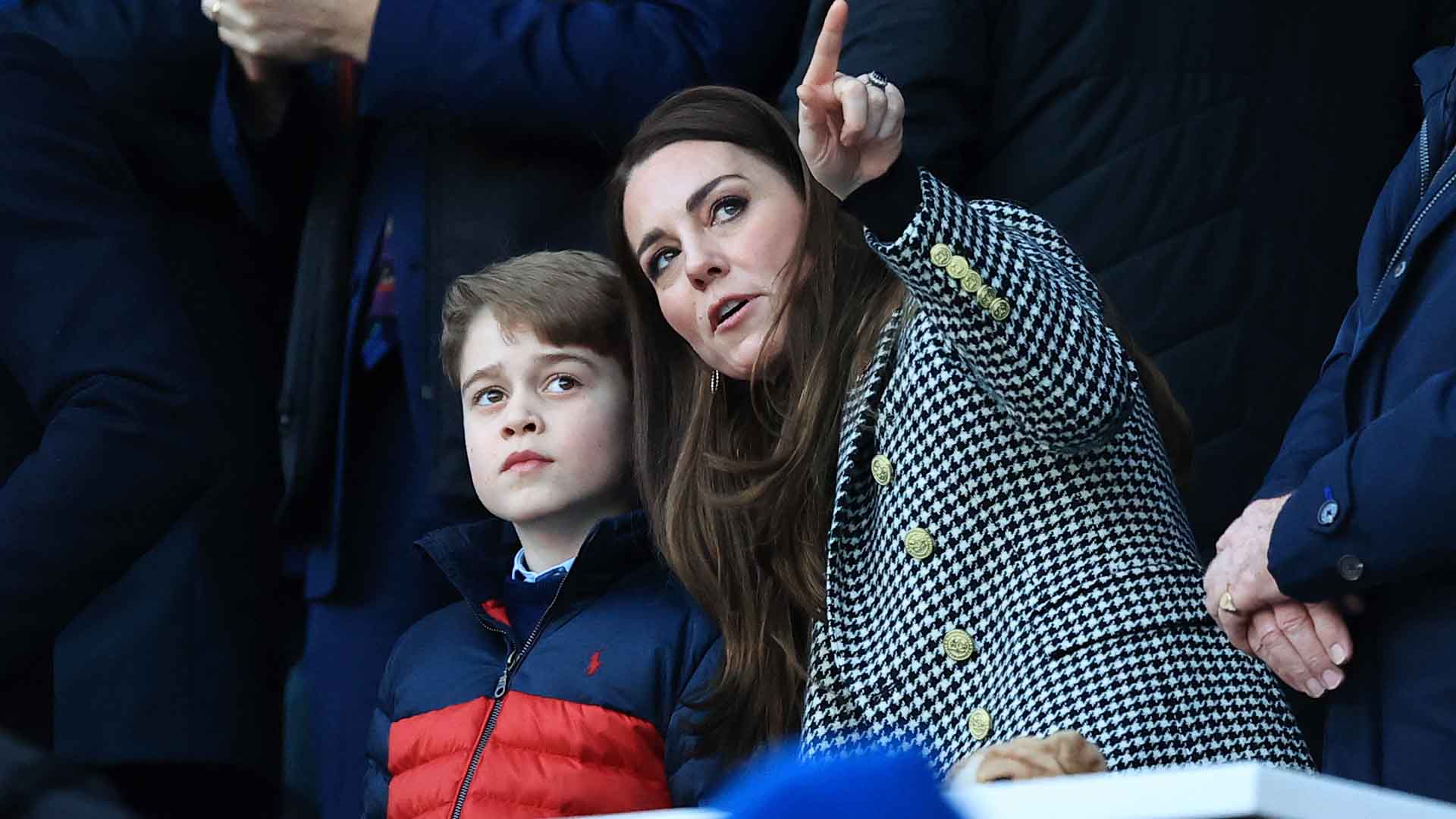
Prince George stands in a unique position within the royal family, destined to inherit not just significant royal wealth but also substantial responsibilities.
As the future king, his role is shaped by both tradition and the modern expectations of royalty. His economic impact and his future as the heir to the throne encapsulate the evolving nature of the monarchy in the 21st century.
Princess Charlotte’s Historic Inheritances
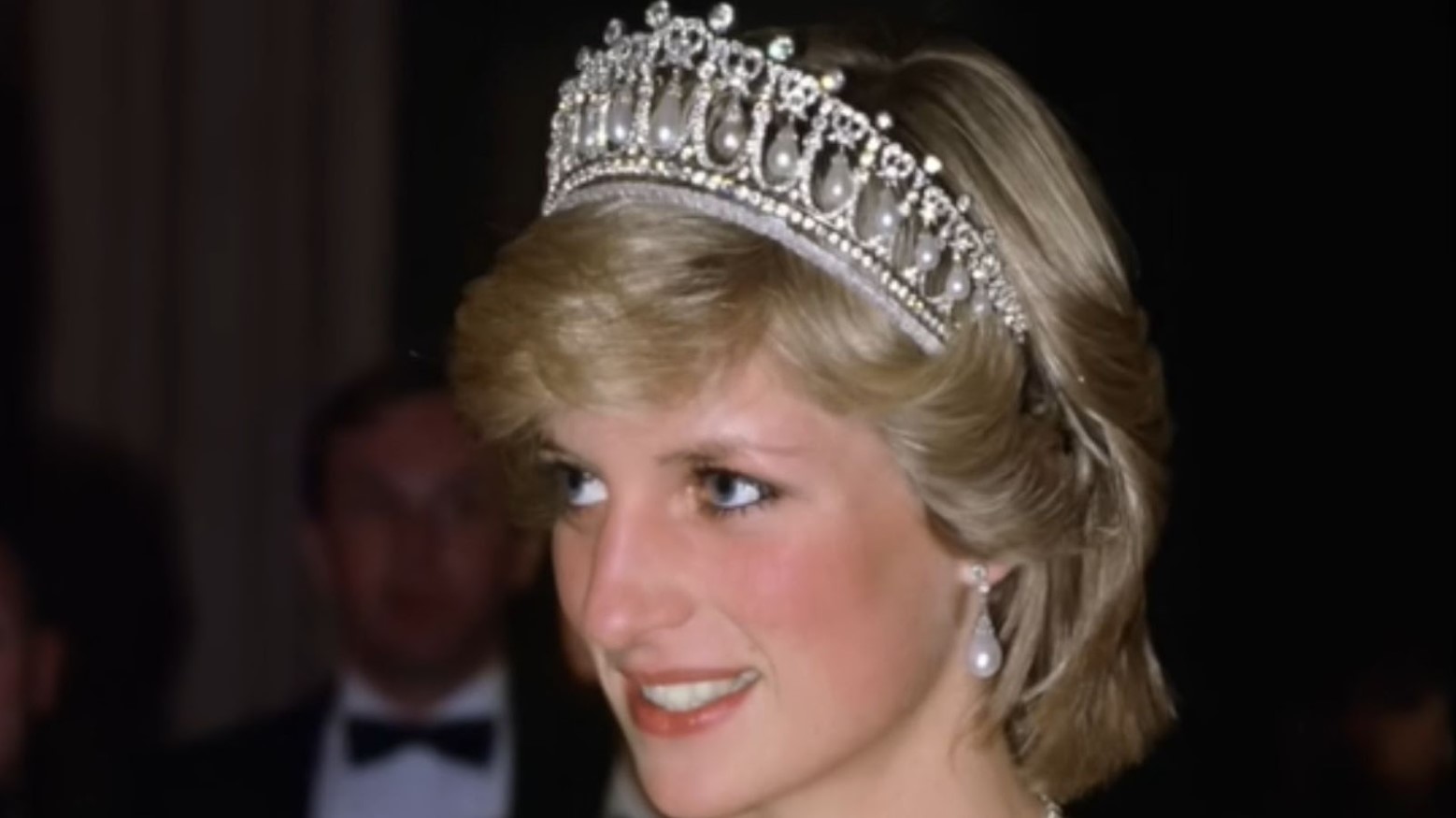
Princess Charlotte’s expected inheritance of the Spencer Tiara is not just about adding another jewel to her collection. It’s a symbol of her connection to her grandmother, Princess Diana, and her place in the royal lineage.
This inheritance, coupled with her potential title of Princess Royal, signifies the balance of honoring past traditions while navigating the contemporary role of the monarchy.
Looking Forward
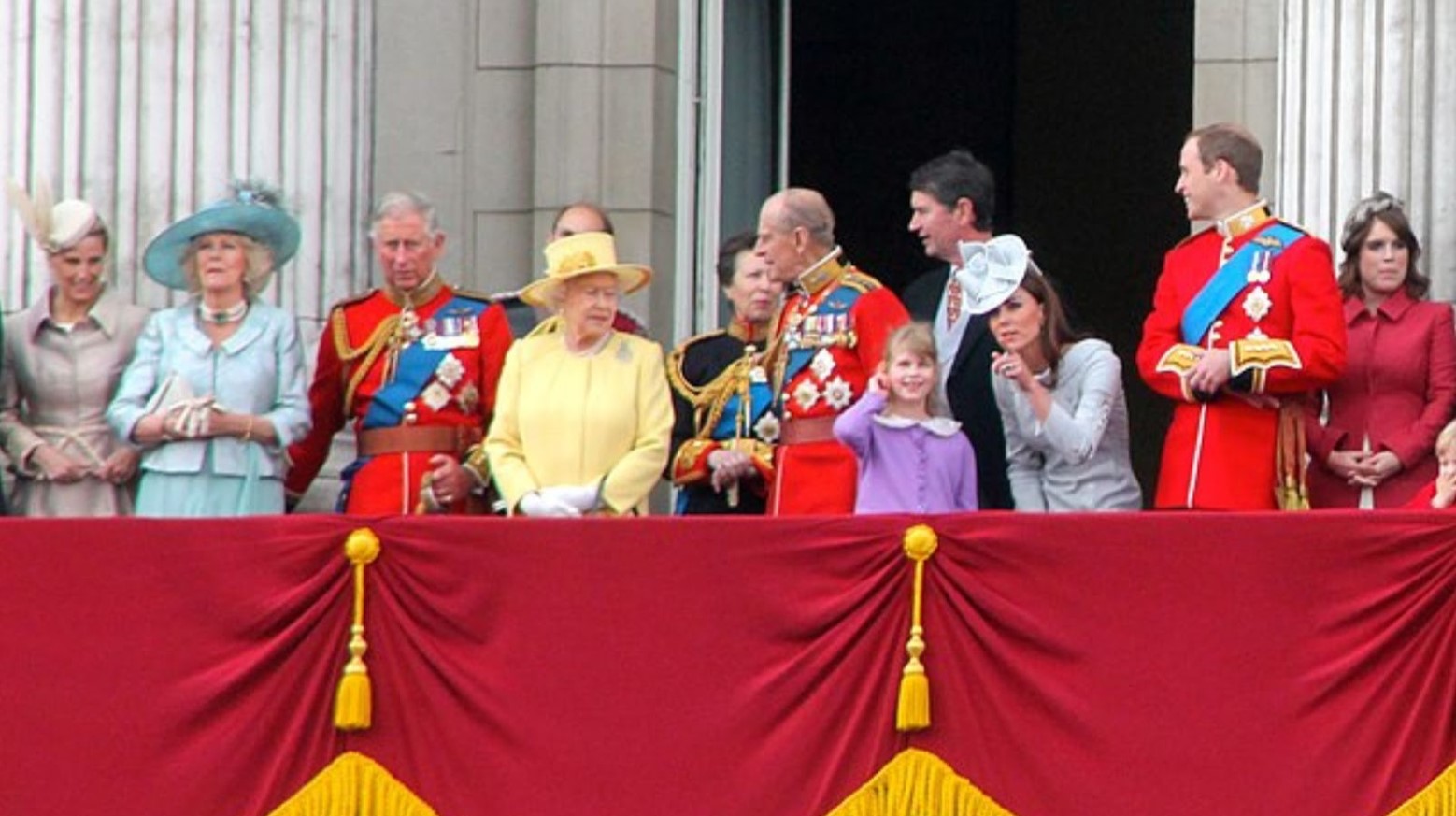
Through their fashion choices, public appearances, and the very essence of their royal lineage, Prince George, Princess Charlotte, and Prince Louis represent a new era for the British monarchy.
Their economic impact, potential future roles, and the global fascination with their lives underscore the symbiotic relationship between the royal family and the public, highlighting the influence of Britain’s youngest royals on both the economy and the cultural landscape.


